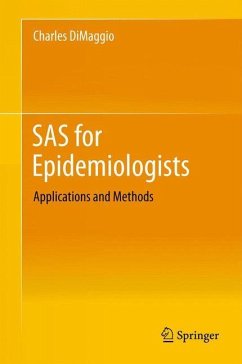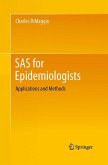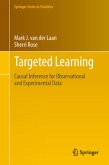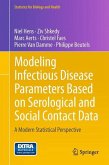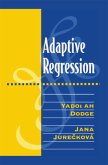This comprehensive text covers the use of SAS for epidemiology and public health research. Developed with students in mind and from their feedback, the text addresses this material in a straightforward manner with a multitude of examples. It is directly applicable to students and researchers in the fields of public health, biostatistics and epidemiology. Through a "hands on" approach to the use of SAS for a broad number of epidemiologic analyses, readers learn techniques for data entry and cleaning, categorical analysis, ANOVA, and linear regression and much more. Exercises utilizing real-world data sets are featured throughout the book. SAS screen shots demonstrate the steps for successful programming.
SAS (Statistical Analysis System) is an integrated system of software products provided by the SAS institute, which is headquartered in California. It provides programmers and statisticians the ability to engage in many sophisticated statistical analyses and data retrieval and mining exercises. SAS is widely used in the fields of epidemiology and public health research, predominately due to its ability to reliably analyze very large administrative data sets, as well as more commonly encountered clinical trial and observational research data.
SAS (Statistical Analysis System) is an integrated system of software products provided by the SAS institute, which is headquartered in California. It provides programmers and statisticians the ability to engage in many sophisticated statistical analyses and data retrieval and mining exercises. SAS is widely used in the fields of epidemiology and public health research, predominately due to its ability to reliably analyze very large administrative data sets, as well as more commonly encountered clinical trial and observational research data.
"The material in this text is based on a one-semester course for master's level students in epidemiology and public health at Columbia University developed over the past several years by the author. The intent of the course is to enable students to be able to analyze epidemiological data using SAS software, which is one of the most popular commercial software products in use today across many sectors." (Stephen J. Ganocy, Technometrics, Vol. 56 (3), August, 2014)

